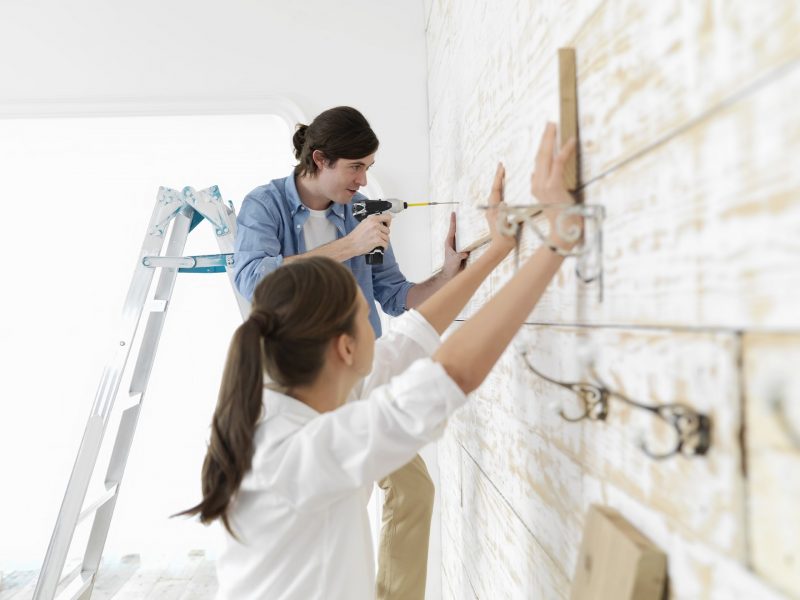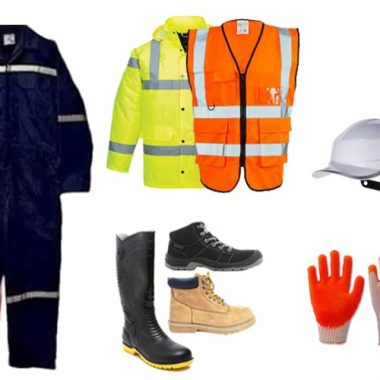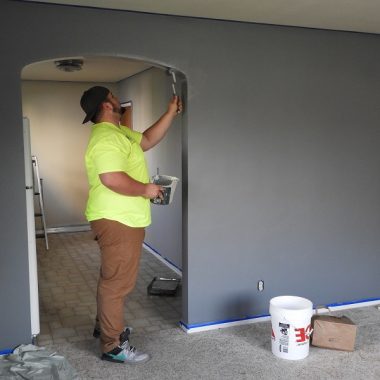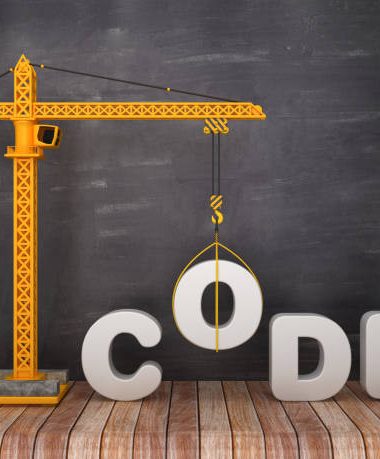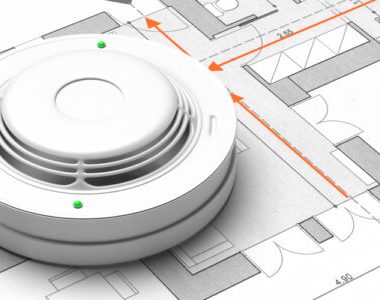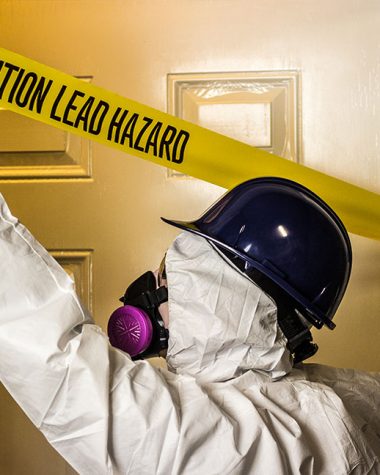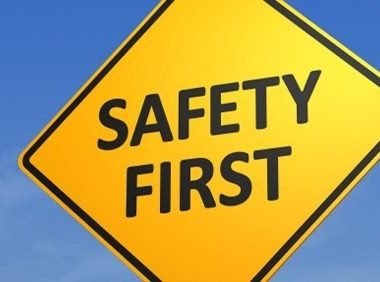Safety Considerations For DIY Renovations
This is a subject that’s very dear to many hearts right now; DIY renovations. Taking control of the look and feel of our homes can be a great way to feel empowered, as well as saving money to boot. With that in mind, there are some important safety considerations to take into account before starting your DIY renovation.
Make Sure the Space is Secure
The first thing to consider when doing a DIY renovation is the security of the space. It’s important to make sure that the area is secure and protected, with no risk of injury. This can be achieved by installing a security system, or even adding extra locks and an alarm system for added protection.
Understand What Tools You Need
Once the security concerns are taken care of, it’s time to look at the tools you’ll need for your DIY renovation. Any renovation project should include a sturdy ladder, various power tools, and protective clothing for the work area. Make sure you understand how to use all the different tools and are well-versed in safety procedures, for both you and anyone around you.
Stay Up-To-Date with Regulations and Build Quality
When taking on a DIY renovation, it’s important to stay up-to-date with regulations and codes that pertain to where you live. Check building codes as well as zoning regulations and requirements for permits. Additionally, check your existing structure for standards of safety, electricity upgrades, and plumbing too.
Consider the Worst Possible Outcomes
It’s always advised to consider the worst possible outcome for any DIY renovation. Whether it’s an improperly wired electrical outlet or a wall that’s structurally unsound, you should always check to make sure there’s no potential for danger. Taking risks when it comes to your home is never recommended.
Be Aware of Any Hazards
When doing a DIY renovation, it’s essential to stay mindful of any potential hazards. Make sure to cover all your bases, from checking for frayed electrical cords to assessing the potential risks of using a ladder (i.e. slipping off, scratching the flooring, etc).
Stay Safe When Working with Power Tools
Using power tools can be tricky, and it’s essential to stay safe when doing so. Make sure all power tools you’re using are up-to-date and in good condition, with no damage. Additionally, be sure to read the instructions and safety warnings, as well as wearing proper protective gear.
Make Sure You’re Insured
Accidents can, and do, happen. That’s why it’s important to make sure that you’re covered by insurance before beginning a DIY renovation. Check with your insurer to see if your plans are included in your policy
Know Your Limitations
When it comes to DIY renovations, know your limits. If you don’t feel comfortable or have the skillset to take on a project, it’s best to come up with an alternative. There are plenty of resources online and through a local hardware store, and it’s always wise to call in a professional for more complicated tasks.
Be Prepared for Unexpected Delays
When renovating, it’s best to plan for any unexpected delays that could occur. This means having extra project supplies on hand, as well as backup plans in case something goes wrong. Preparing for these potentialities can help you keep on track with your project.
Have a Plan B in Place
Every renovation project is different, and you should always have a Plan B. In some cases, you may require the help of a contractor or a professional. It’s wise to have a few options available in case your renovation takes longer than expected or requires an expert eye to help complete.
Take the Time to Double-Check Your Work
Finally, one of the most important aspects of DIY renovations is taking the time to double-check your work. Double-check the safety of your work environment, all tools and supplies, and most importantly, that your hard work is up to code.
In summary, Safety Considerations for DIY Renovations need to be taken seriously, and very conscious efforts must be taken to make sure we remain safe. From making sure the space is secure, to understanding the tools and regulations required, to having a backup plan in place, taking the time to double-check our work, and staying mindful of potential hazards – safety should always come first when taking on a DIY renovation project.
By following these steps you can help ensure that your DIY renovation project runs as smoothly as possible, with no unexpected surprises.
Key Takeaways:
- Make sure the space is secure
- Understand what tools you need
- Stay up-to-date with regulations and build quality
- Stay mindful of any potential hazards
- Stay safe when working with power tools
- Make sure you are insured
- Be prepared for unexpected delays
- Have a plan B in place
- Take the time to double-check your work
By taking the time to consider the safety concerns of your DIY renovation project, and by using common sense and knowledge of the correct safety measures, you can focus on the task at hand knowing that your work is safe. So before you start any DIY renovation project, be sure to take the time to go through the safety considerations for your own peace of mind.
As the proverb goes, “Quality is never an accident; it is always the result of high intention, sincere effort, intelligent direction and skillful execution”. This rings true for DIY renovations as well, and by following these safety considerations, you will be sure to bring success to your DIY renovation project.
What safety issues should be considered when performing DIY renovations?
1. Ensure that any tools used are in good condition and not defective
2. Always wear personal protective equipment (PPE), such as safety glasses, gloves, and steel-toed boots
3. Follow safety guidelines issued by the manufacturer with regards to any tools or machinery used
4. Secure any ladders or steps before climbing to reduce the risk of falling
5. Have at least one other person present in the room to help with any heavy lifting
6. Safely dispose of any hazardous materials (paints, solvents, etc.), and ensure any materials used are non-toxic
7. Do not take shortcuts when following instructions or try to exceed the weight ratings of ladders or other support structures
8. Be aware of any building codes and regulations that apply for the work that is taking place
9. Turn off all power sources before starting any work
10. Regularly check for water or gas leaks in plumbing and never attempt to tackle electrical work yourself. Always hire a professional electrician for any electrical work.
11. Have a plan B in place
12. Take the time to double-check your work.
